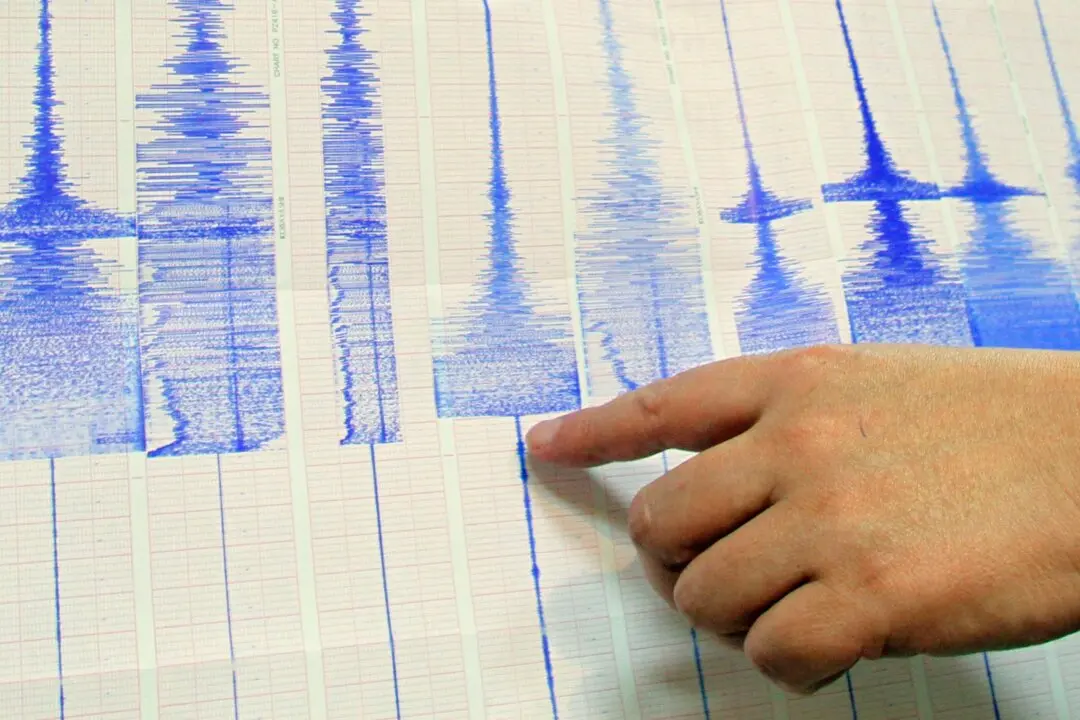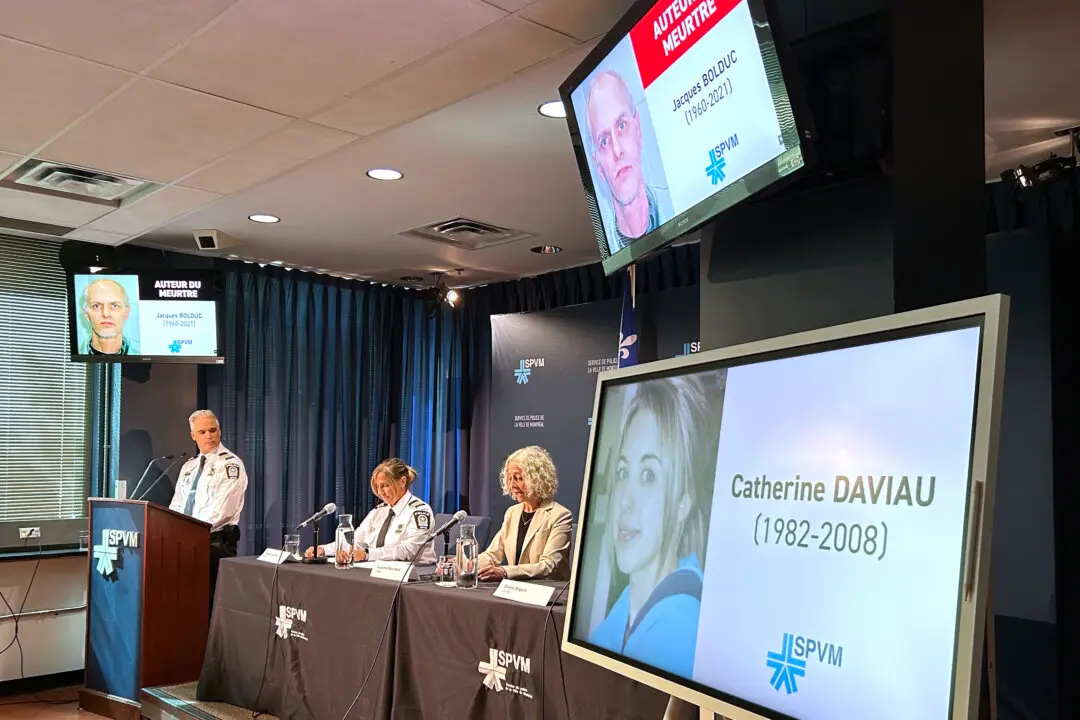The deputy mayor of a southern Newfoundland town says his community is running out of food as it remains cut off from the rest of the island due to the worst forest fires the province has seen in more than 60 years.
Roy Drake said Monday he figures the three grocery stores in Harbour Breton, N.L., will be out of food within the next day or two. Drake said he owns one of those stores—the smallest of the three in the town of about 1,600 people—and already, there’s not a jug of milk or a loaf of bread left on any of his shelves.





